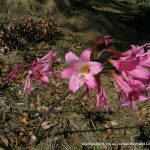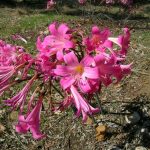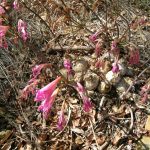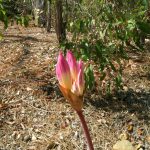Easter Lily
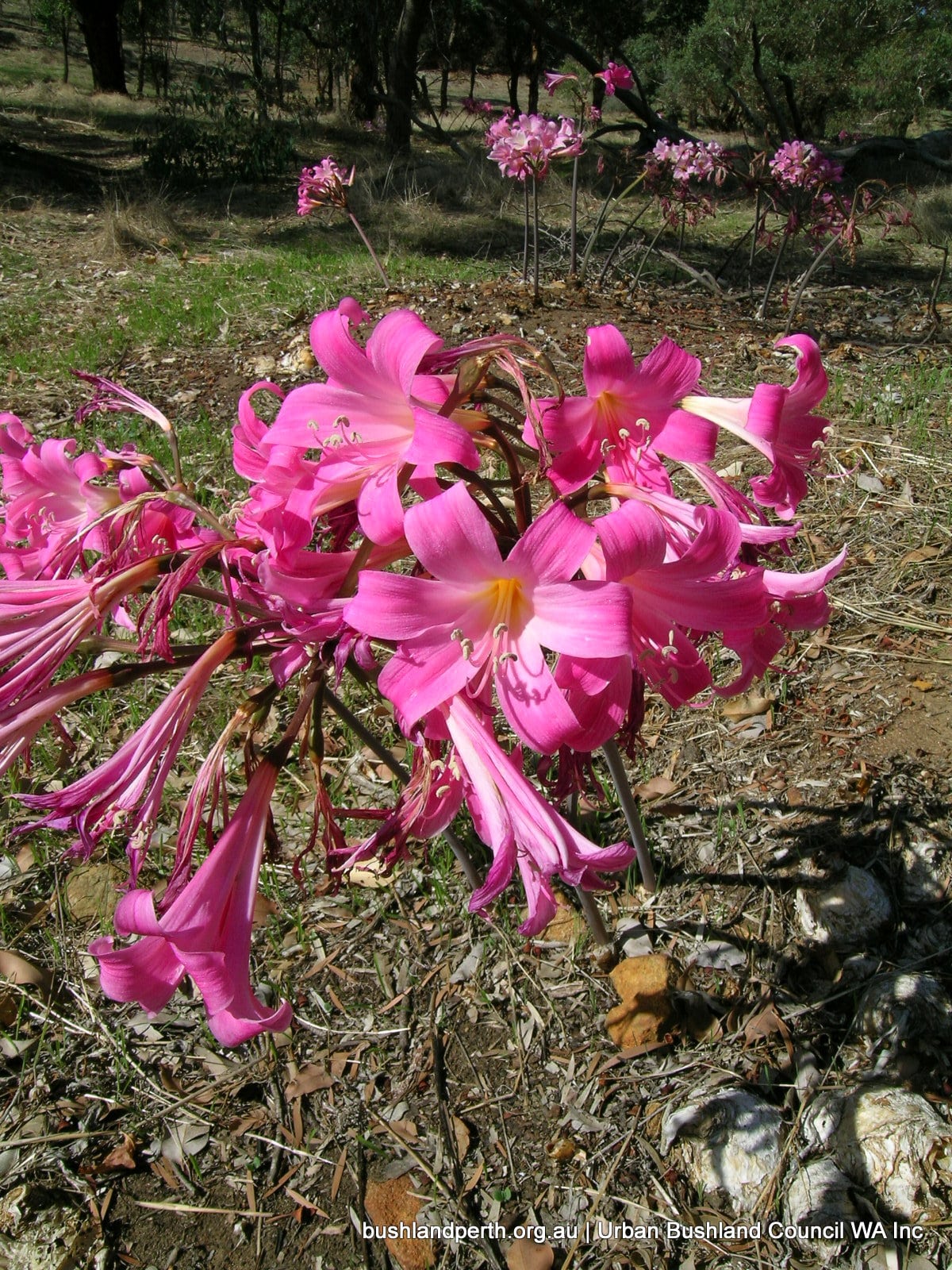
Common name
Easter Lily
Scientific Name
Amaryllis belladonna
Type of plant
Bulbs or Corms
About this weed
This South African bulb was originally introduced as a garden plant but has now escaped to bushland especially around older settlements in the South West Region. It was cultivated for its large fragrant pink flower held on tall stalks which shoot from the bare bulb in autumn. The leaves appear after the flowering has finished and the plant dies back in summer.
Description
Easter Lily is another bulb and grows to 0.4 m high. It produces fragrant white and pink bell-shaped flowers from February to April before the leaves have developed then the plant dies back in summer. Usually grown from the bulb but also known to produce seed. Germinated seeds do not produce their first flowers for about 5 years. Seeds have a short lifespan in the soil, persisting for days to 1 year. In response to fire they generally survives.
Impact on Bushland
Although unsightly it doesn’t spread easily.
Location
Found in small areas of South-West Province and prefers grey sand or loam. Usually found in bushland where garden refuse has been dumped or around old settlements.
Priority for removal
Low: causes minimal disruption to ecological processes or loss of biodiversity.
Management (hand)
Not available.
Management (herbicide)
Spot spray Glyphosate 1% + Pulse®. Apply after flowering just as new leaves emerge. Read the manufacturers’ labels and material safety data sheets before using herbicides. Treatment srpaying is optimal in April and May.
Flowering month/s
February, March, April
Flower colour/s
Pink, White
Information source
https://florabase.dpaw.wa.gov.au/browse/profile/1489
Additional information
https://florabase.dpaw.wa.gov.au/weeds/swanweeds/
Hussey, B.M.J., Keighery, G.J., Dodd, J., Lloyd, S.G. and Cousens, R.D. (2007) Western weeds. A guide to the weeds of Western Australia, Second Edition, The Weeds Society of Western Australia, Victoria Park, Western Australia.

